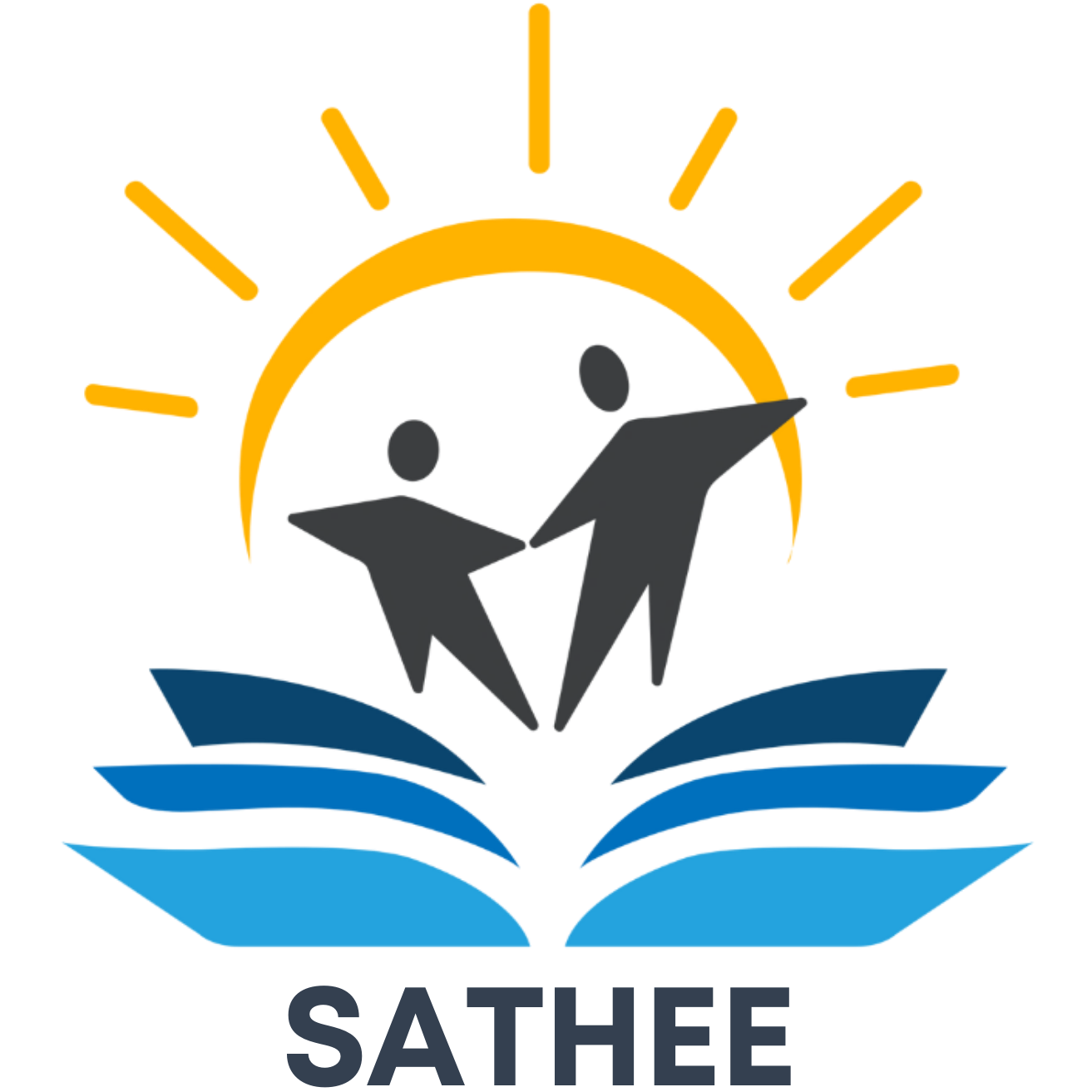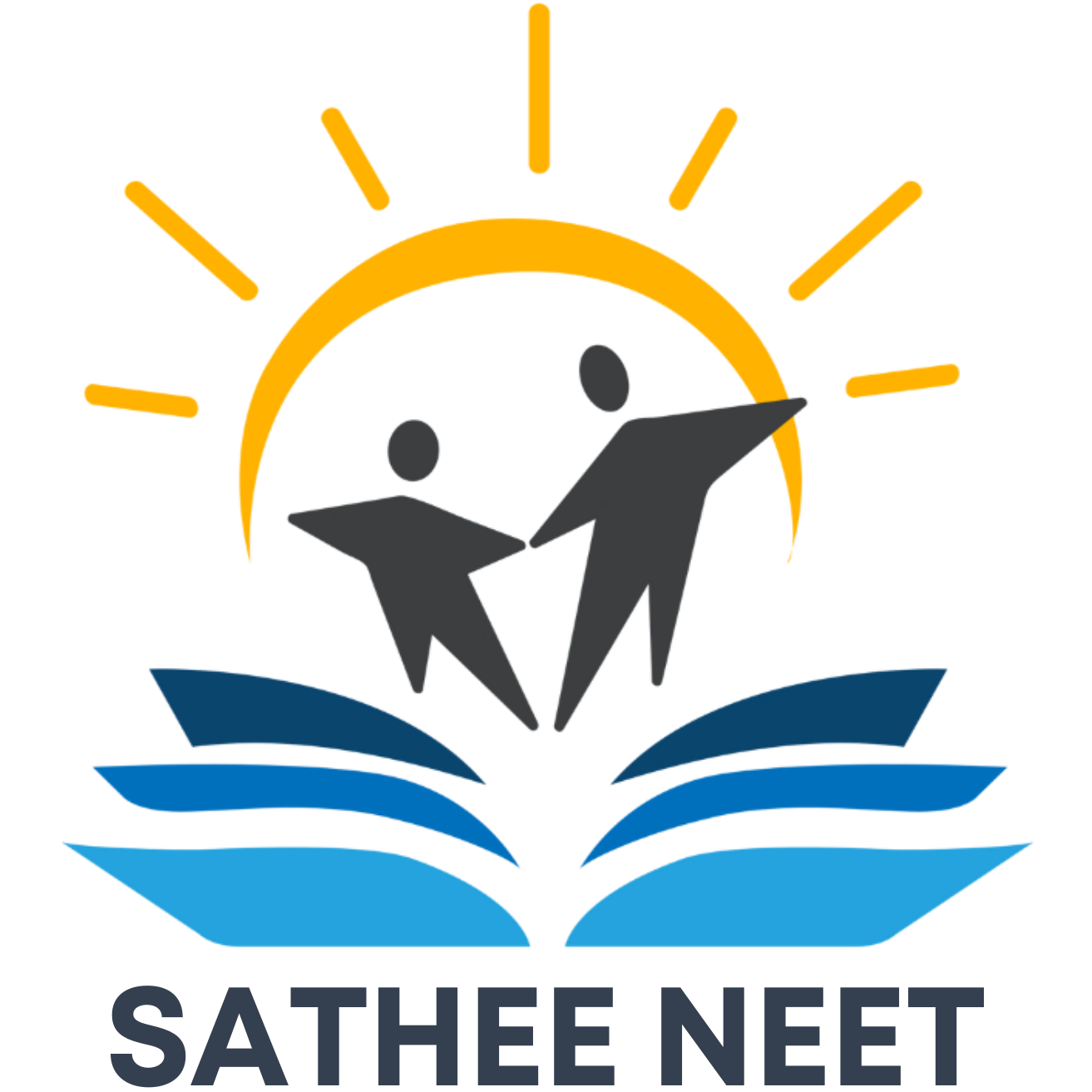Tamazight in Google A Milestone for Amazigh Language Preservation
Tamazight in Google: A Milestone for Amazigh Language Preservation
From the Atlas Mountains of Morocco to the sunlit sands of Libya, the Imazighen (Amazigh people) and other indigenous communities of North Africa have celebrated the inclusion of Tamazight in Google Translate. This development, despite concerns over the accuracy of the AI-based model, marks a significant step in the preservation and revitalization of the Tamazight language.
Historical Context: The integration of Tamazight into Google Translate is not just a technological advancement but a historical milestone. For decades, the Tamazight language faced suppression due to Arabisation policies implemented by North African states post-independence. These policies aimed to create unified, modern nations by promoting Arabic at the expense of indigenous languages like Tamazight. It wasn’t until the Amazigh Cultural Movement of the 1960s that significant efforts were made to champion linguistic and cultural rights. Morocco officially recognized Tamazight in 2011, followed by Algeria in 2016. However, the struggle for official recognition continues in Tunisia and Libya.
Google’s Linguistic Expansion: On June 27, Google announced its largest linguistic expansion, adding over 110 new languages to Google Translate, including Tamazight. This expansion benefits approximately 614 million speakers, representing around 8% of the global population. Among the new additions, a quarter are African languages, highlighting the continent’s rich linguistic diversity.
Significance of Tamazight in Google Translate: For years, speaking and writing Tamazight was an act of defiance against Arabisation policies. The inclusion of Tamazight in Google Translate is a testament to the resilience of the Imazighen people. It provides a tangible resource for the Amazigh diaspora and younger generations, helping them reconnect with their linguistic heritage. AI-powered services in government, banking, and insurance could now cater to Tamazight-speaking populations, promoting inclusivity and equal access to essential services.
Challenges and Criticisms: Despite the celebratory mood, many Amazigh users have expressed concerns over the inaccuracies and ‘Arabised’ translations provided by Google Translate. The lack of extensive linguistic resources for minority languages like Tamazight poses a significant challenge. The language’s regional variants and unique Tifinagh script add complexity to developing accurate translation models. However, experts argue that AI’s learning capability, combined with community feedback, can help improve the system over time.
Summary:
- Historical Suppression: Tamazight faced suppression due to Arabisation policies post-independence in North Africa.
- Cultural Movement: The Amazigh Cultural Movement of the 1960s championed linguistic and cultural rights.
- Official Recognition: Morocco recognized Tamazight in 2011, followed by Algeria in 2016.
- Google’s Expansion: On June 27, Google added over 110 new languages to Google Translate, including Tamazight.
- Significance: The inclusion of Tamazight promotes linguistic preservation and provides essential services to Tamazight-speaking populations.
- Challenges: Inaccuracies in translations and lack of extensive linguistic resources pose challenges.
- Future Improvements: AI’s learning capability and community feedback can help improve translation accuracy.
This development is a significant step towards preserving the Tamazight language and promoting linguistic diversity in the digital age.










